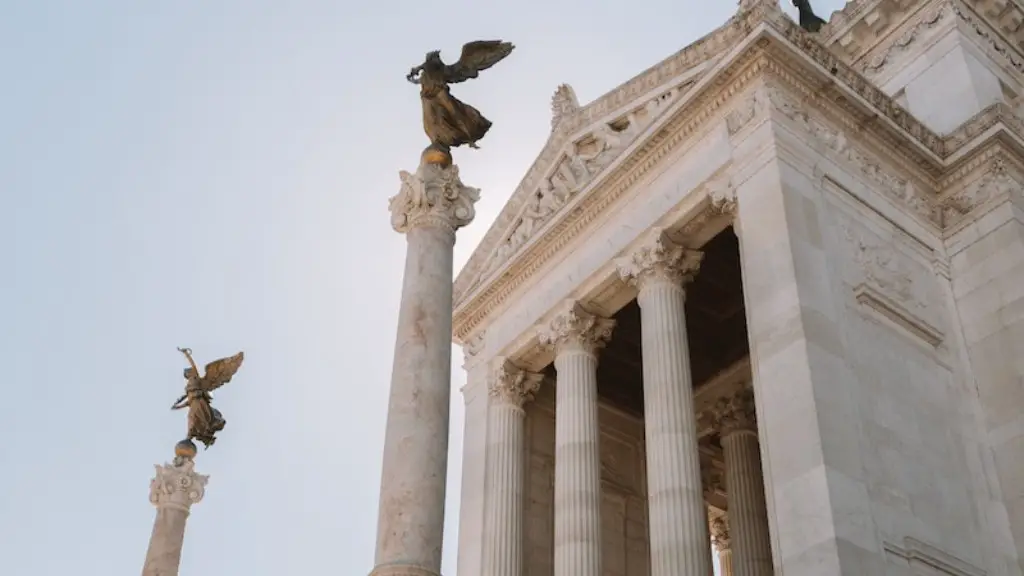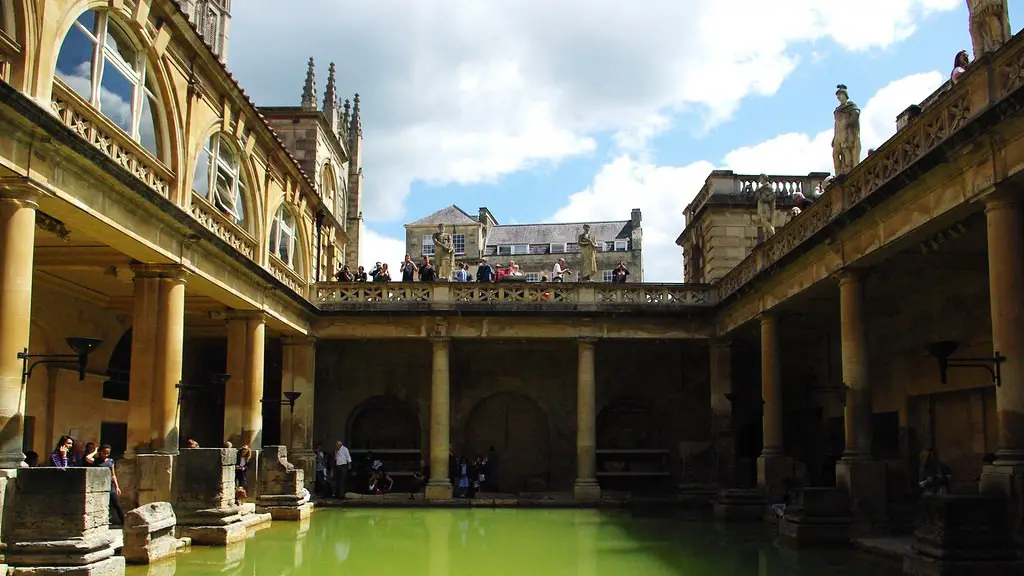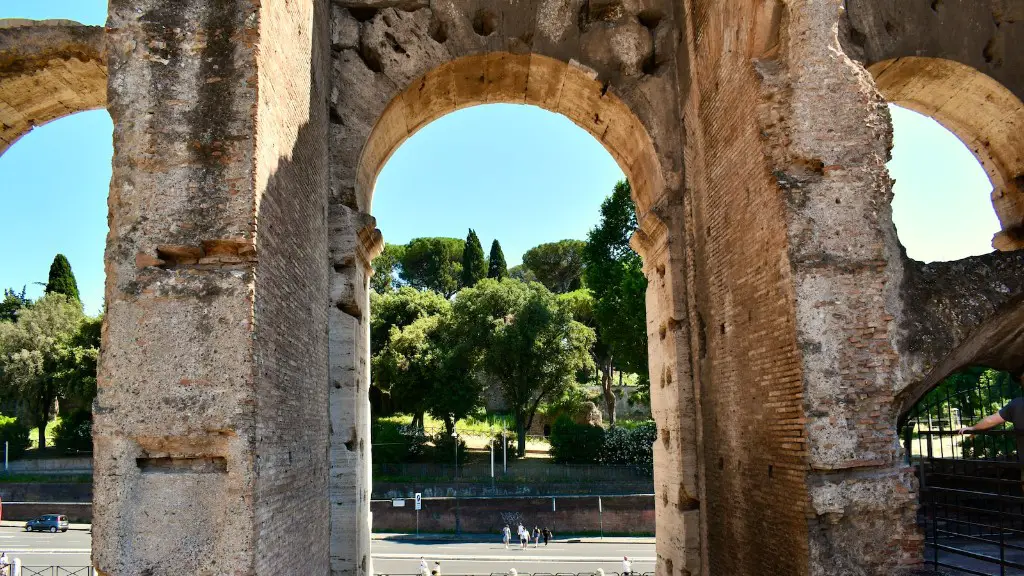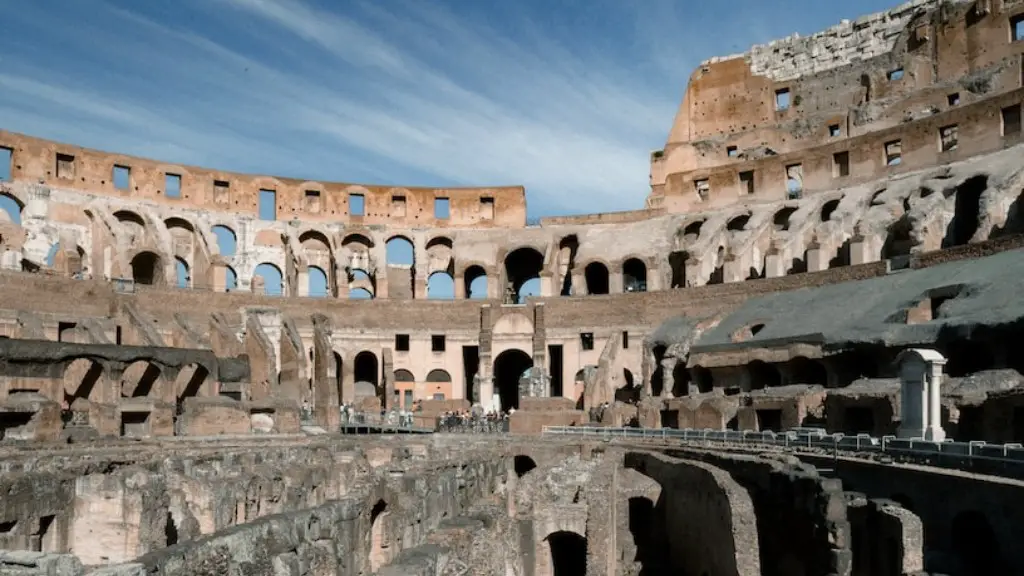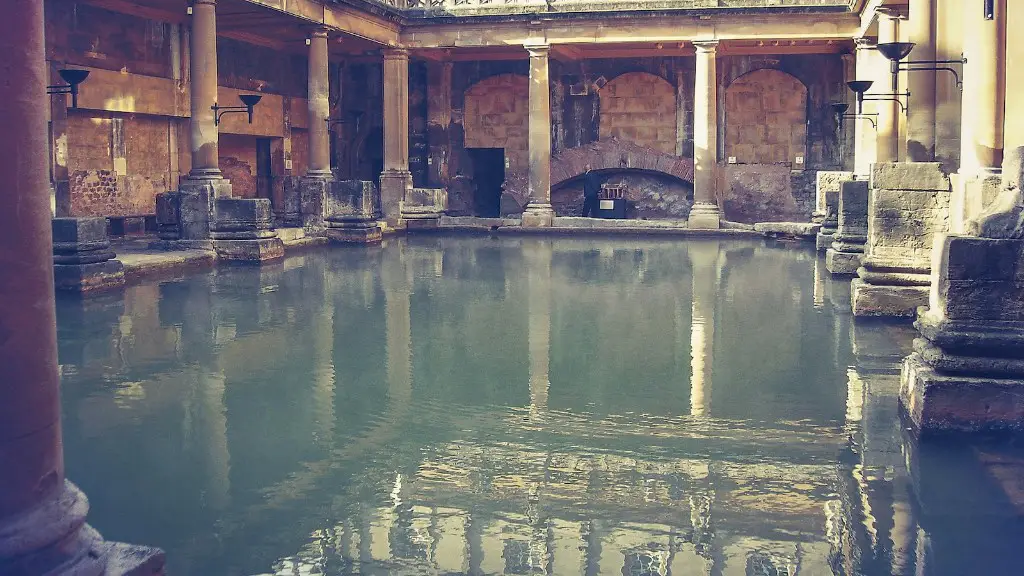Ancient Rome Government
Ancient Rome’s government began with a monarchy, developed into a republic, and finally ended up as an empire. This evolution in Rome’s government happened over centuries, with each iteration bringing significant changes to the way the people of Rome were governed. Roman government was admired by many, including some of the early American colonists who sought to emulate Roman institutions within their own systems of governance.
The Roman Monarchy began in around 753 BC, and was similar to other monarchies of the era. The most important aspect of this form of government was the power of the monarch and their tribal followers. This form of government gave the monarchs absolute power, which was centered in Rome and then spread out to their territories. This form of government would remain in place until around 509 BC, when it was overthrown by the Roman Republic.
The Roman Republic began in 509 BC, and lasted for a period of around four centuries. This period was characterized by a more egalitarian form of government that was based on the rule of law. While the major decision-making power remained with the ruling class of senators, this class was in turn administered by a host of various courts who had the power to make and enforce the laws. The period of the Roman Republic was not without its own significant conflicts, particularly between noble families vying for the highest political office in the republic.
By 27 BC the Roman Republic had ended, and the Roman Empire had begun. During this period, the ruling power of the aristocracy was greatly diminished, and in its place a series of more centralized government offices were created. The Roman emperor held the most absolute power of all, which was then passed down through a series of governors and districts. This system of government allowed for greater efficiency, but also increased the power of the ruling class over the everyday lives of Roman citizens.
The Roman government was seen as a model of efficiency and respect in the ancient world, and its legacy continues to have an influence to this day. The US Constitution, for instance, is based on many of the same principles as the Roman government, such as the separation of powers and the placing of checks and balances on the ruling class. Many aspects of Roman government, such as the courts, the system of taxation, and even the structure of the rulers themselves, have been echoed in government systems throughout the world.
Senators
Senate’s were a key player in Roman government. In the span of the Republic, the Senate was a governing body made up of some of Rome’s most prominent citizens. During the Republic, the Senate held significant legislative and public powers, although over time these powers were diminished as the power of the emperor was expanded. The Senate was divided into three main parts: the patres, the consules, and the tribunes.
The patres, or the father’s of the senate, were the most senior and respected members of the senate. They had the power to advice and influence the decisions of other senators with their experience and expertise. The consules, or consuls, were the highest-ranking officials in the government and were responsible for governance of the state. The tribunes were elected by the people of Rome and were tasked with protecting the interests of the citizens.
The Senate met in the Curia, an assembly room in the Forum. It was here that important decisions were made and debated by the senators, who often consulted with the emperor when making their decisions. The senators had the power to pass laws, declare war, and coin money. This powerful body was able to ensure that Rome was governed in a manner that was consistent with its values and beliefs.
The Emperor
The Emperor was the most powerful figure in the Roman government. The emperor was a symbol of the Roman state, and their power was absolute. Though their power was spread out throughout the empire, the emperor had the ultimate authority to make and enforce laws, to declare war, and to coin money. In some cases, the emperor was even given the power of life and death over his subjects.
The length of an emperor’s reign varied depending on their ability to maintain their power. This often resulted in a changing cast of emperors, as weaker leaders were pushed out and new ones took their place. Emperors such as Julius Caesar, Augustus, and Nero are perhaps some of the most famous examples of Rome’s rulers.
The emperor was advised by a council known as the Council of Praetors. This council was made up of advisors, who were chosen by the emperor and were responsible for discussing and debating issues related to the governance of the empire. These advisors would often debate for a period of time, with the emperor ultimately making the final decisions.
Legacy of Rome
The legacy of the detailed system of government created by the ancient Romans has lived on for centuries, influencing governments around the world. As mentioned, the US Constitution includes many of the principles found in the Roman government, such as checks and balances and separation of powers. This system of government has also laid the foundations for modern democracies, which are based on similar principles of fair representation, the rule of law, and individual rights.
The Roman government also served as an example of how absolute power of a ruler could be reined in by a constitution and a system of government. This is an example that many governments around the world have followed in recent times. The Roman government is an example of how determined and forward-thinking leaders can build an enduring legacy.
Governmental Responsibilities
Central to the success of Rome’s political system was its ability to provide essential services to its citizens. Rome recognized the needs of its citizens, such as providing water, organizing a system of roads to facilitate trade, and managing public lands. Additionally, the government maintained public order by providing a form of police force and a standing army in order to protect Rome against invasion.
The Roman government also sought to maintain social order by developing a system of laws that was designed to punish criminal behavior and maintain order. The government was also responsible for regulating the state-sanctioned religion which ensured that religious practices were orderly and respected by Roman citizens. All of these responsibilities ensured that Roman citizens had a functioning system of governance that provided for their needs.
Taxation
Although taxation has often been seen as a form of oppression, it was actually an integral part of the Roman government’s success. The taxation system in Rome was fairly simple and efficient, consisting of a flat tax based on the goods produced. This taxation system allowed for the government to raise money for public works and other expenses, and also allowed for some redistribution of wealth which ensured that Roman citizens were not overly burdened with debt.
The taxation system was also important in allowing the government to fund its military. The strength of the army was essential to protect Rome from its enemies and to expand its reach. As such, taxes were necessarily imposed on the citizenry in order to maintain the army and ensure the security of the Roman state.
Public Works
The ancient Roman government was also responsible for constructing and maintaining various public works. This included roads, aqueducts, sewer systems, and other structures that facilitated the citizens of Rome. These public works were funded by the royal treasury and provided employment for skilled laborers who would build and maintain roads, sewers, and other public structures.
Public works were also important for the expansion of Rome’s empire. Roads and other forms of transportation were necessary for Rome’s armies to quickly move from one area to another and to transport goods over great distances. The public works were also essential for connecting cities within the empire, and for ensuring that the economy of Rome functioned smoothly.
The Roman Law System
The legal system of the Roman Republic was highly advanced for its time, and matched only by a few other contemporary societies. The Roman legal system was based on the idea of the rule of law, and a series of written codes and laws were established in order to govern interactions between citizens and between the citizens and the government. This legal system was administered by the courts, which were populated by trained jurists who determined the verdicts in legal cases.
This legal system was also highly influential in the development of modern legal systems. Many ideas found in the Roman legal system are still in use today, such as the right to a fair trial and trial by jury. The concept of contracts and property rights, which were first developed in Rome, are still essential and highly influential principles of many modern legal systems.
Roman Religion
The religion of Rome was closely entwined with the politics of the state. Rome had a state-sanctioned religion, and certain ceremonies and rituals were of great importance to the people of Rome. Religion was used by the government to legitimize their rule, as well as to control and guide public behavior. The public had to show respect for the gods and displays of piety, and failure to show deference was often punished.
For example, the Vestal Virgins were important religious figures and their role was closely connected to the ruling class. Vestal Virgins were consecrated to the goddess Vesta, who was seen as the guardian of the home. As such, they were tasked with maintaining the sacred fire that was lit in Vesta’s temple, as its extinction symbolized the end of Rome. This powerful religious symbol demonstrated the close relationship between the government and the gods.
This relationship between the government and religion demonstrated the level at which the Roman government controlled aspects of everyday life. The religion of Rome was closely guarded and regulated by the government, and citizens could find themselves in trouble if they did not abide by the strict laws established by the state. This religious system, however, did provide an important sense of stability and guidance for the citizens of Rome.
